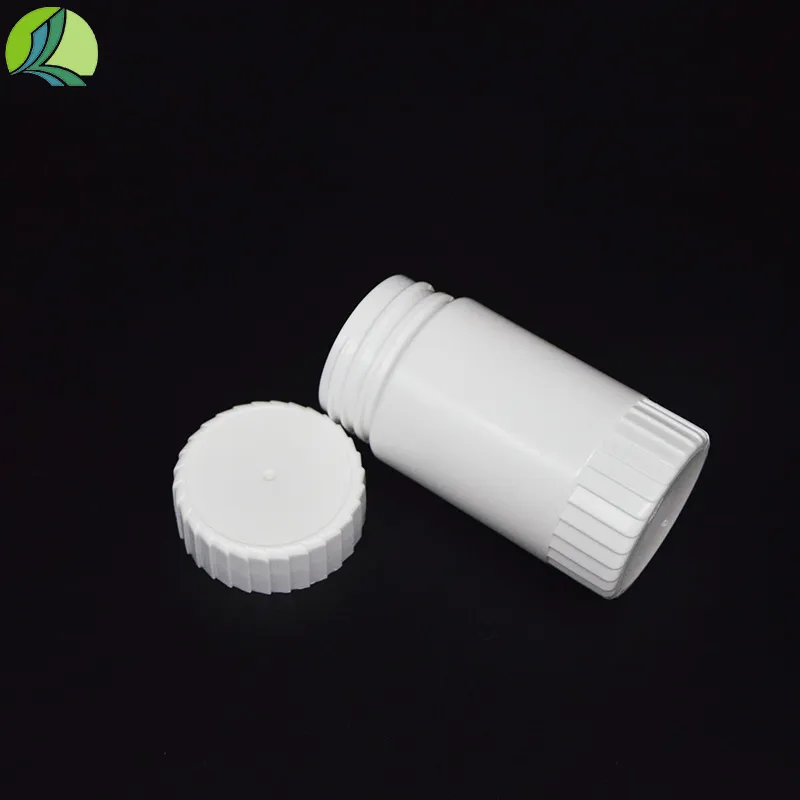
-
 Afrikaans
Afrikaans -
 Albanian
Albanian -
 Amharic
Amharic -
 Arabic
Arabic -
 Armenian
Armenian -
 Azerbaijani
Azerbaijani -
 Basque
Basque -
 Belarusian
Belarusian -
 Bengali
Bengali -
 Bosnian
Bosnian -
 Bulgarian
Bulgarian -
 Catalan
Catalan -
 Cebuano
Cebuano -
 Corsican
Corsican -
 Croatian
Croatian -
 Czech
Czech -
 Danish
Danish -
 Dutch
Dutch -
 English
English -
 Esperanto
Esperanto -
 Estonian
Estonian -
 Finnish
Finnish -
 French
French -
 Frisian
Frisian -
 Galician
Galician -
 Georgian
Georgian -
 German
German -
 Greek
Greek -
 Gujarati
Gujarati -
 Haitian Creole
Haitian Creole -
 hausa
hausa -
 hawaiian
hawaiian -
 Hebrew
Hebrew -
 Hindi
Hindi -
 Miao
Miao -
 Hungarian
Hungarian -
 Icelandic
Icelandic -
 igbo
igbo -
 Indonesian
Indonesian -
 irish
irish -
 Italian
Italian -
 Japanese
Japanese -
 Javanese
Javanese -
 Kannada
Kannada -
 kazakh
kazakh -
 Khmer
Khmer -
 Rwandese
Rwandese -
 Korean
Korean -
 Kurdish
Kurdish -
 Kyrgyz
Kyrgyz -
 Lao
Lao -
 Latin
Latin -
 Latvian
Latvian -
 Lithuanian
Lithuanian -
 Luxembourgish
Luxembourgish -
 Macedonian
Macedonian -
 Malgashi
Malgashi -
 Malay
Malay -
 Malayalam
Malayalam -
 Maltese
Maltese -
 Maori
Maori -
 Marathi
Marathi -
 Mongolian
Mongolian -
 Myanmar
Myanmar -
 Nepali
Nepali -
 Norwegian
Norwegian -
 Norwegian
Norwegian -
 Occitan
Occitan -
 Pashto
Pashto -
 Persian
Persian -
 Polish
Polish -
 Portuguese
Portuguese -
 Punjabi
Punjabi -
 Romanian
Romanian -
 Russian
Russian -
 Samoan
Samoan -
 Scottish Gaelic
Scottish Gaelic -
 Serbian
Serbian -
 Sesotho
Sesotho -
 Shona
Shona -
 Sindhi
Sindhi -
 Sinhala
Sinhala -
 Slovak
Slovak -
 Slovenian
Slovenian -
 Somali
Somali -
 Spanish
Spanish -
 Sundanese
Sundanese -
 Swahili
Swahili -
 Swedish
Swedish -
 Tagalog
Tagalog -
 Tajik
Tajik -
 Tamil
Tamil -
 Tatar
Tatar -
 Telugu
Telugu -
 Thai
Thai -
 Turkish
Turkish -
 Turkmen
Turkmen -
 Ukrainian
Ukrainian -
 Urdu
Urdu -
 Uighur
Uighur -
 Uzbek
Uzbek -
 Vietnamese
Vietnamese -
 Welsh
Welsh -
 Bantu
Bantu -
 Yiddish
Yiddish -
 Yoruba
Yoruba -
 Zulu
Zulu
Exploring the Various Applications of Centrifuge Tubes in Laboratory Research and Experiments
The Uses of Centrifuge Tubes in the Laboratory
Centrifuge tubes are indispensable tools in modern laboratories, contributing significantly to various scientific disciplines, including biology, chemistry, and environmental science. These small, typically plastic or glass tubes are designed to hold samples during centrifugation, a process that uses centrifugal force to separate components of different densities within a liquid. This article will explore the diverse applications of centrifuge tubes in laboratory settings, highlighting their importance and versatility in experimental procedures.
One of the primary uses of centrifuge tubes is in the preparation of biological samples. In molecular biology and biochemistry, these tubes are essential for the separation of cellular components. When a biological sample, such as blood, is subjected to centrifugation, the different components—such as plasma, red blood cells, and white blood cells—settle into distinct layers. Centrifuge tubes facilitate the collection of these various fractions, allowing researchers to isolate specific cellular components for further analysis, such as DNA extraction, protein purification, or enzyme activity assays.
In addition to biological applications, centrifuge tubes are widely used in the field of chemistry for analytical purposes. They are often employed for the precipitation and separation of chemical compounds. For instance, in an experiment where precipitates are formed, samples can be centrifuged to pull solid particles to the bottom of the tube, rendering the supernatant clear for subsequent analysis. This is particularly useful in titrations and other quantitative analyses where purity and separation are crucial for accurate measurements.
Moreover, centrifuge tubes play a significant role in environmental science, particularly in the analysis of soil and water samples. Scientists often use these tubes to separate contaminants, such as heavy metals or organic pollutants, from the matrix of the sample. By using centrifugation, researchers can isolate these harmful substances, allowing for detailed analysis and assessment of environmental impact. This application is critical in monitoring and addressing pollution levels in various ecosystems.
centrifuge tube uses in laboratory

Furthermore, the design of centrifuge tubes has evolved significantly, accommodating a wide range of sample types and volumes. They come in various sizes—typically ranging from 1.5 mL to 50 mL—allowing researchers to choose the appropriate tube based on the specific requirements of their experiments. Additionally, many centrifuge tubes are designed with secure screw caps or snap-on lids to prevent spills and contamination, ensuring that samples remain intact throughout the centrifugation process.
In recent years, advancements in technology have led to the development of specialized centrifuge tubes equipped with features such as gradient solutions, which allow for even finer separations of components
. These innovations enhance the efficiency and effectiveness of laboratory processes, enabling scientists to achieve more accurate results in shorter time frames.Finally, it is worth noting that centrifuge tubes are not limited to purely scientific applications. They are also extensively used in clinical laboratories for diagnostic purposes. For example, centrifuge tubes are essential for the preparation of serum or plasma for blood tests, facilitating the timely and accurate diagnosis of various medical conditions.
In conclusion, centrifuge tubes are vital components in laboratory operations, serving a myriad of purposes across diverse scientific fields. Their role in sample preparation, separation, and analysis cannot be overstated. As scientific research continues to advance, the utility of centrifuge tubes is likely to expand even further, solidifying their status as essential tools in laboratories around the world.
-
Premium Metal Dropper Bottle for Precise Dispensing 250ml & 1ml Options AvailableNewsJul.04,2025
-
20 ml Headspace Vials - High Quality Polyethylene & Plastic Vials for Lab UseNewsJul.04,2025
-
Small Bottle with Pipette - Precise Dispensing 100ml Pipette Bottles for Essential Oils & Lab UseNewsJun.24,2025
-
Acetic Anhydride Bottle for Accurate Dropper Measurement in Pharmacy Use High-Quality Dropper BottlesNewsJun.10,2025
-
Innovative PET Bottle Design for Juice – Unique Shapes & Customization OptionsNewsJun.10,2025
-
20 Pack Sterilized Petri Dishes – Assorted Sizes, High Quality Small Plastic Petri Dishes for Lab UseNewsJun.10,2025






















